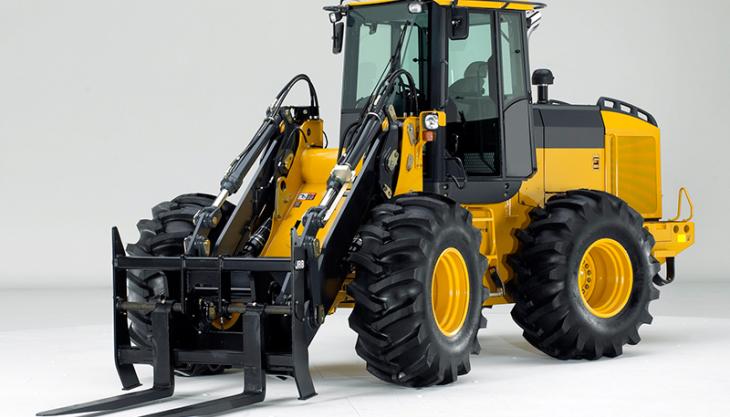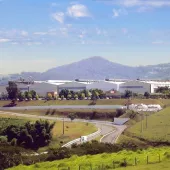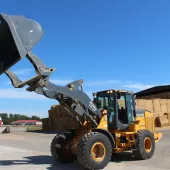Heavy-duty construction utility forks from Paladin

Company launches newly updated version of its 200-500 class JRB utility forks
PALADIN Attachments have introduced a newly updated version of their 200-500-class JRB construction utility forks. Redesigned to incorporate customer feedback as well as engineering design enhancements, the updated models include a lowered top cross-tube for increased visibility and a larger 3in diameter tube for added strength.
The new design features an improved centre of gravity for better load management and a single hanger is featured on a 60in wide frame for increased visibility and reduced weight. Drop-forged tines provide increased sturdiness and help reduce material movement while it is being transported over uneven terrain.
Wheel loaders can be turned into versatile heavy-duty forklifts to safely transport large loads of construction-related materials such as pallets and pipes. To complete the size ranges covered, Paladin continue to offer their 100 and 600-900 models.
The JRB construction utility forks are compatible with JRB quick-hitch mounts and other industry quick-coupler systems that can maximize the utilization of wheel loaders, reducing the time it takes to switch attachments.
Pin-on mounts are available if needed, while load capacities are rated beyond wheel loader lift capacities and are based on a 24in load centre.
The forks are available with manually adjustable tines or hydraulically actuated tines for side-to-side adjustments from the cab. Optional hydraulic side-shift allows for precise material placement. Special order carriage widths and tine lengths are available upon request.
JRB construction utility forks are designed with carriage widths ranging from 60in to 106in. Tine lengths range from 48in to 96in and tines are available in sizes ranging from 2in x 4in to 4in x 8in.




